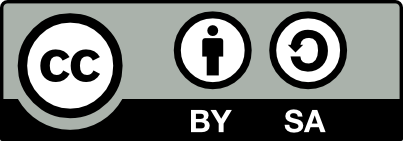Cloud computing is a type of computing that relies on sharing computing resources rather than having local servers or personal devices to handleapplications.
In cloud computing, the word cloud (also phrased as "the cloud") is used as a metaphor for "the Internet," so the phrase cloud computing means "a type of Internet-based computing," where different services -- such as servers, storage and applications -- are delivered to an organization's computers and devices through the Internet.
Cloud computing is comparable to grid computing, a type of computing where unused processing cycles of all computers in a network are harnesses to solve problems too intensive for any stand-alone machine.
How Cloud Computing Works
The goal of cloud computing is to apply traditional supercomputing, or high-performance computing power, normally used by military and research facilities, to perform tens of trillions of computations per second, in consumer-oriented applications such as financial portfolios, to deliver personalized information, to provide data storage or to power large, immersive computer games.
To do this, cloud computing uses networks of large groups of servers typically running low-cost consumer PC technology with specialized connections to spread data-processing chores across them. This shared IT infrastructure contains large pools of systems that are linked together. Often, virtualizationtechniques are used to maximize the power of cloud computing.
Cloud Computing Standards
The standards for connecting the computer systems and the software needed to make cloud computing work are not fully defined at present time, leaving many companies to define their own cloud computing technologies. Cloud computing systems offered by companies, like IBM's "Blue Cloud" technologies for example, are based on open standards and open source software which link together computers that are used to to deliver Web 2.0capabilities like mash-ups or mobile commerce.
Cloud Computing in the Data Center and for Small Business
Cloud computing has started to obtain mass appeal in corporate data centers as it enables the data center to operate like the Internet through the process of enabling computing resources to be accessed and shared as virtual resources in a secure and scalable manner.
For a small and medium size business (SMB), the benefits of cloud computing is currently driving adoption. In the SMB sector there is often a lack of time and financial resources to purchase, deploy and maintain an infrastructure (e.g. the software, server and storage).
In cloud computing, small businesses can access these resources and expand or shrink services as business needs change. The common pay-as-you-go subscription model is designed to let SMBs easily add or remove services and you typically will only pay for what you do use.








